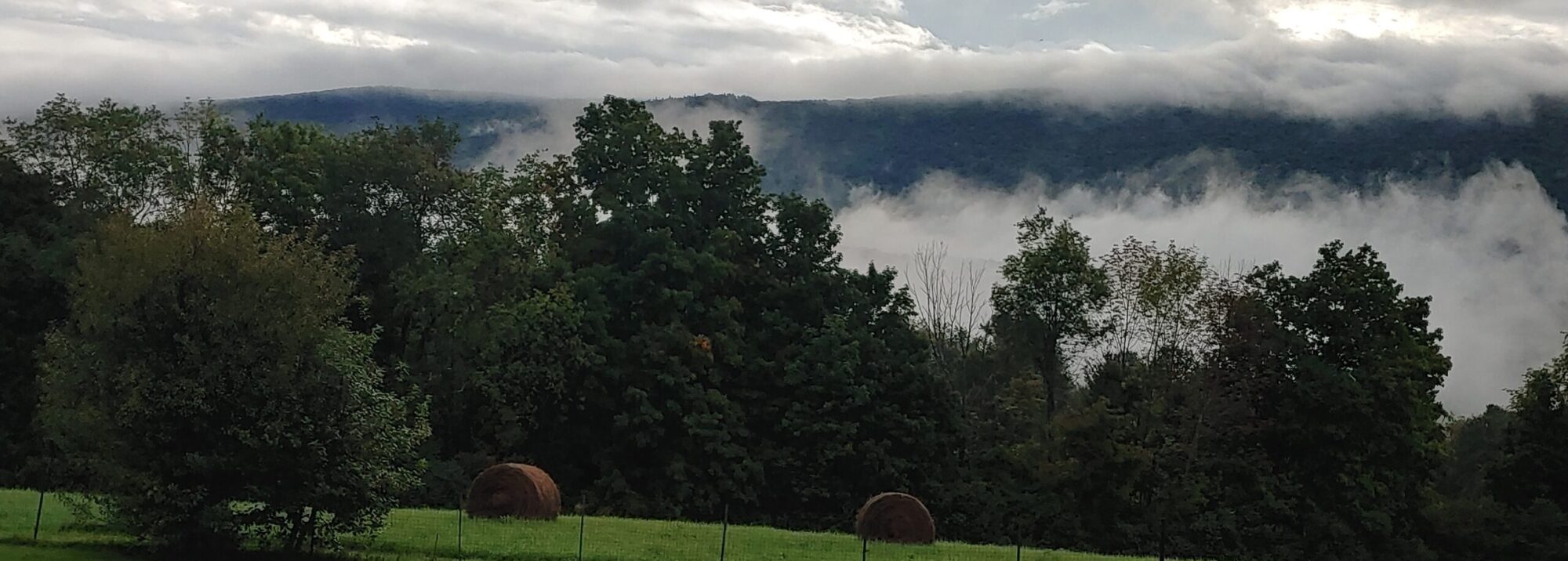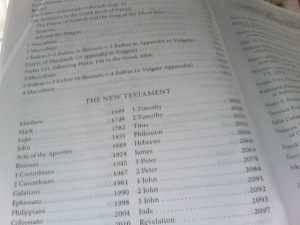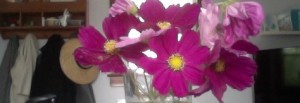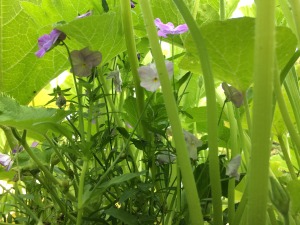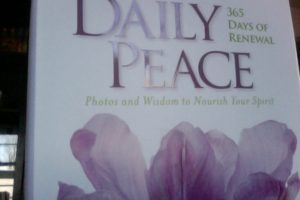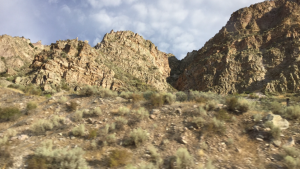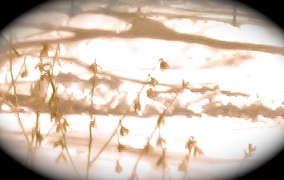You can, you should – and it you’re brave enough to start, you will.
Stephen King
[Daily Peace, Washington, D.C.: National Geographic Society, 2015, April 4]
Stephen King has written dozens of books, some of which could be considered modern masterpieces. Two in particular come to my mind: The Green Mile and Rita Hayworth and the Shawshank Redemption. The first was written as a serial novel, with small sections released every few weeks until the whole story was told. The second was a short story. These are not horror stories, even though both deal with tragedy, inhumanity, and loss. Neither are typical of King’s usual writings – the scary books everyone has come to expect. Both were made into exceptional movies.
I wonder whether it was a difficult thing for King to write these particular tales. In addition to the usual pressure and difficulty of writing a book – creating characters and story lines, putting in enough description and action to keep the story moving, bringing the whole thing to a satisfying and fitting ending – is added the anxiety that comes from offering something unexpected to an audience that is used to the thrill of the macabre. It’s like offering a chocolate raspberry torte to a child expecting a chocolate chip cookie: who knows what the response might be, but disappointment and rejection are just as possible as delight and enthusiasm.
Perhaps the hardest part of trying something new isn’t dreaming it up or doing the research. Maybe the hardest part is putting pen to paper and writing the first word, sentence, paragraph, and page. Making the jump from going to to doing isn’t something that comes from knowing it’s possible to do or even knowing it ought to be done: it’s a leap of faith only the brave or the foolhardy can make.
Perhaps this is true in things beyond writing. Perhaps it’s true of any worthwhile endeavor.
May God grant us all the courage to take the first step.
